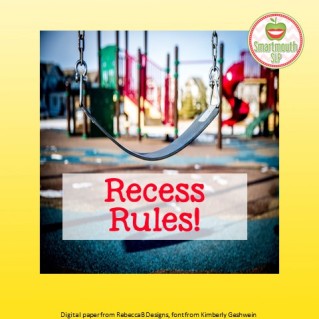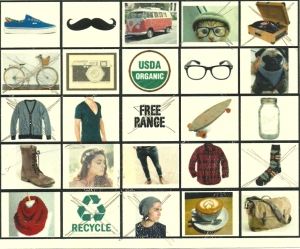 Please note: this is not a political opinion post, but a discussion on applying a social learning concept in the real world.
Please note: this is not a political opinion post, but a discussion on applying a social learning concept in the real world.
One of the Social Thinking concepts that really resonates with me is how people, time and place change what we should say and do. In considering who we are with, where we are and the timing of an event, we consider how our words and actions impact others and how others will think of us. For example, you are with new co-workers (people) on the first day of work (timing) and you are in a meeting (place) with your new boss, and you tell your raunchiest joke. Your co-workers and boss are probably not going to have good thoughts about you! If you are with your college besties (people) in your favorite pub (place) watching your weekly Saturday football game (timing), you could tell that same joke and your friends might think you are the most hilarious person ever! I try to teach my students to “read the room” before they speak, and think through the outcomes of these social choices as part of social language interventions. Our kids typically live in the moment and don’t always think through the consequences of their words and actions first. This often gets them into trouble with their parents, teachers and peers!
It is not only my students that struggle with the concepts of the right time, person and place. I have noticed this quite frequently in the news as well. Our political world has spun dangerously into a frenzied state of perpetual outrage and fury. It isn’t new, but it is has become pervasive with 24/7 coverage on social media. I have unfollowed (is that a word?) several friends on different media platforms because it was just too much rhetoric and constant posts on being offended/offensive. The words “in my opinion” seem to be used as a free pass to say whatever you are feeling, regardless of how it might make other people think and feel. As an adult, I am still learning the fine art of considering and appreciating differing points of view without agreeing with them (you can check out my previous blog about the concept of agreeing to disagree here ).
This concept came into focus for me when I was watching coverage of Bethune Cookman’s college graduation ceremony a few weeks ago. The embattled Education Secretary, Betsy DeVos, was invited to be the speaker. In the storm of controversy leading up to the speech, the school’s President shared with the community, “I am of the belief that it does not benefit our students to suppress voices that we disagree with, or to limit students to only those perspectives that are broadly sanctioned by a specific community.” During the ceremony, several students chose to stand with their backs to Ms. DeVos in protest during her speech, and jeering from the crowd was heard. Mr. Edison Jackson, the school’s president, interrupted to tell the students that if this behavior continued, their degrees would be mailed to them. While I understand the reasoning behind the protest and love the passion of students who are willing to stand up for their beliefs, it wasn’t the right place or the right time. It took away from the focus of all who had worked hard to earn their diplomas and celebrate with their families that day. The message gets lost when you don’t consider the timing, place and people around you. To be able to consider both sides of a conversation is a mark of maturity and social competency, especially when you don’t agree!
Protests and healthy discourse are essential pieces to our Democracy, but at what point does it become about more outrageous behavior and stunts to gain attention and less about the actual cause and social change that we care about? I am much more likely to listen and engage in a thoughtful conversation about differing points of view with someone who is able to share their concerns and passions respectfully, than if someone is just shouting me down and calling me names because I don’t agree with them. We are not a perfect country and not a perfect people, but if we are going to weather the storms of the times, we must learn to “read the room” and consider how our words and actions impact others.
As I teach my students (and remind myself), you don’t have to attend every argument you are invited to. Do you work on these skills with your students? Share here….






